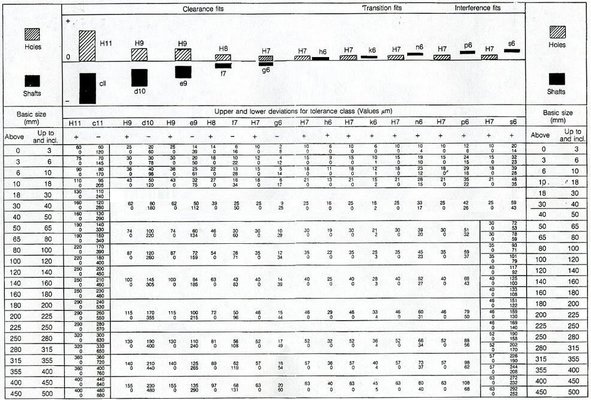dobbslc
Member
- Messages
- 10,909
- Location
- Hertfordshire UK
I have a turning job for a mate that involves a press fit of a sleeve onto a suspension ball joint with nurling on it. Is there any kind of dimension to work to per millimetre of diameter for a good tight fit?
Here's a picture of the parts.

It's going to be made into a wishbone for a car.
Here's a picture of the parts.
It's going to be made into a wishbone for a car.








